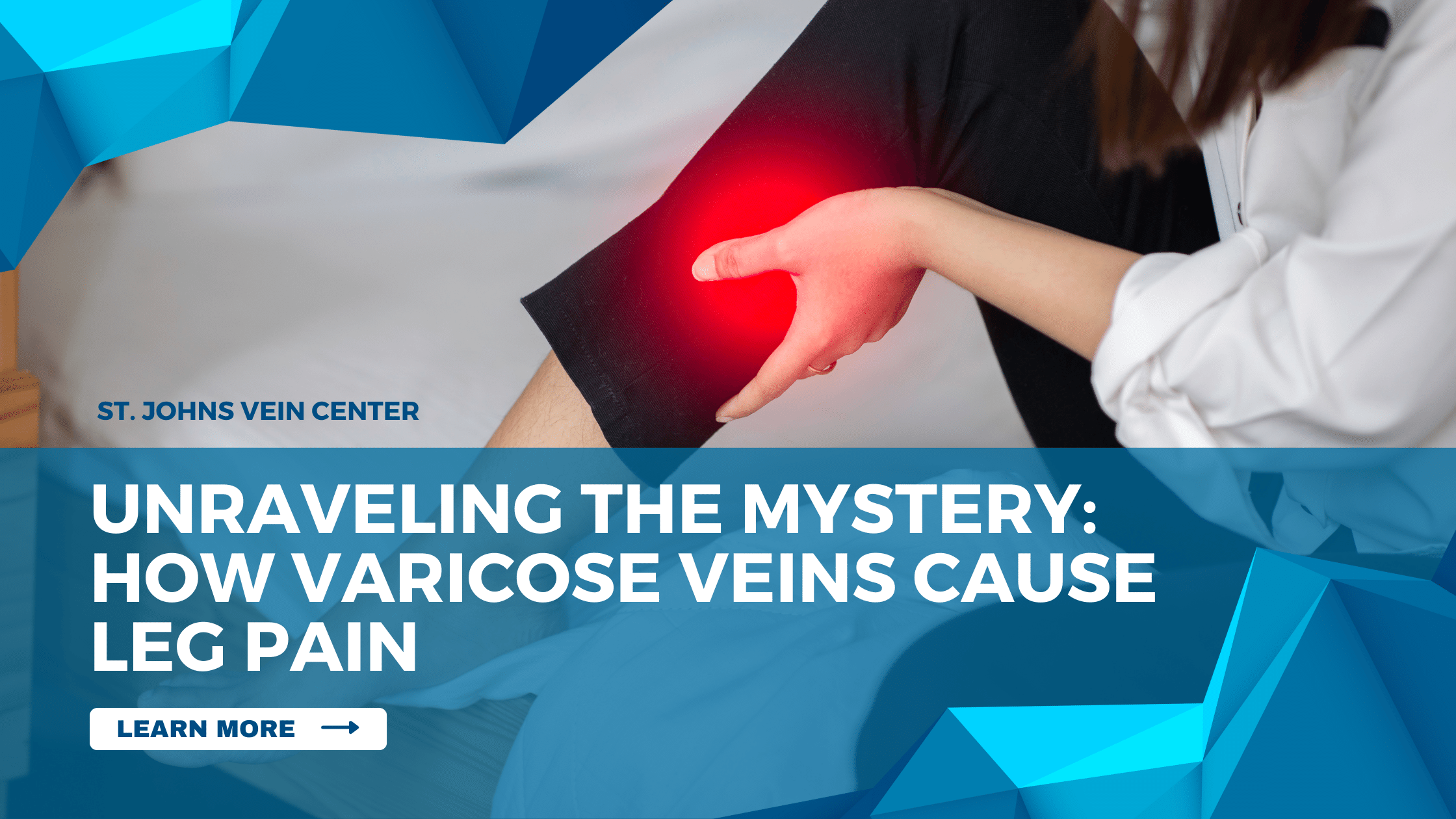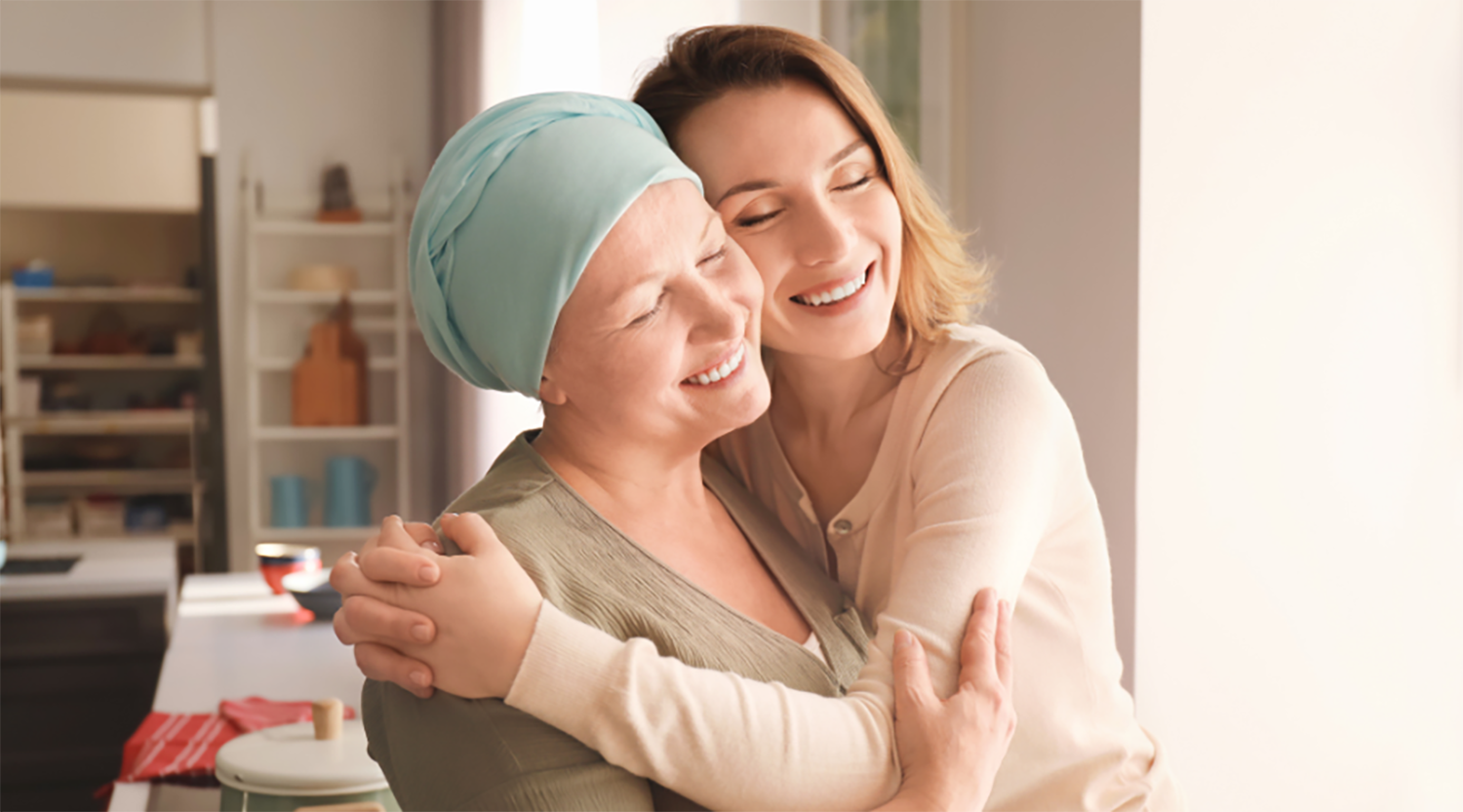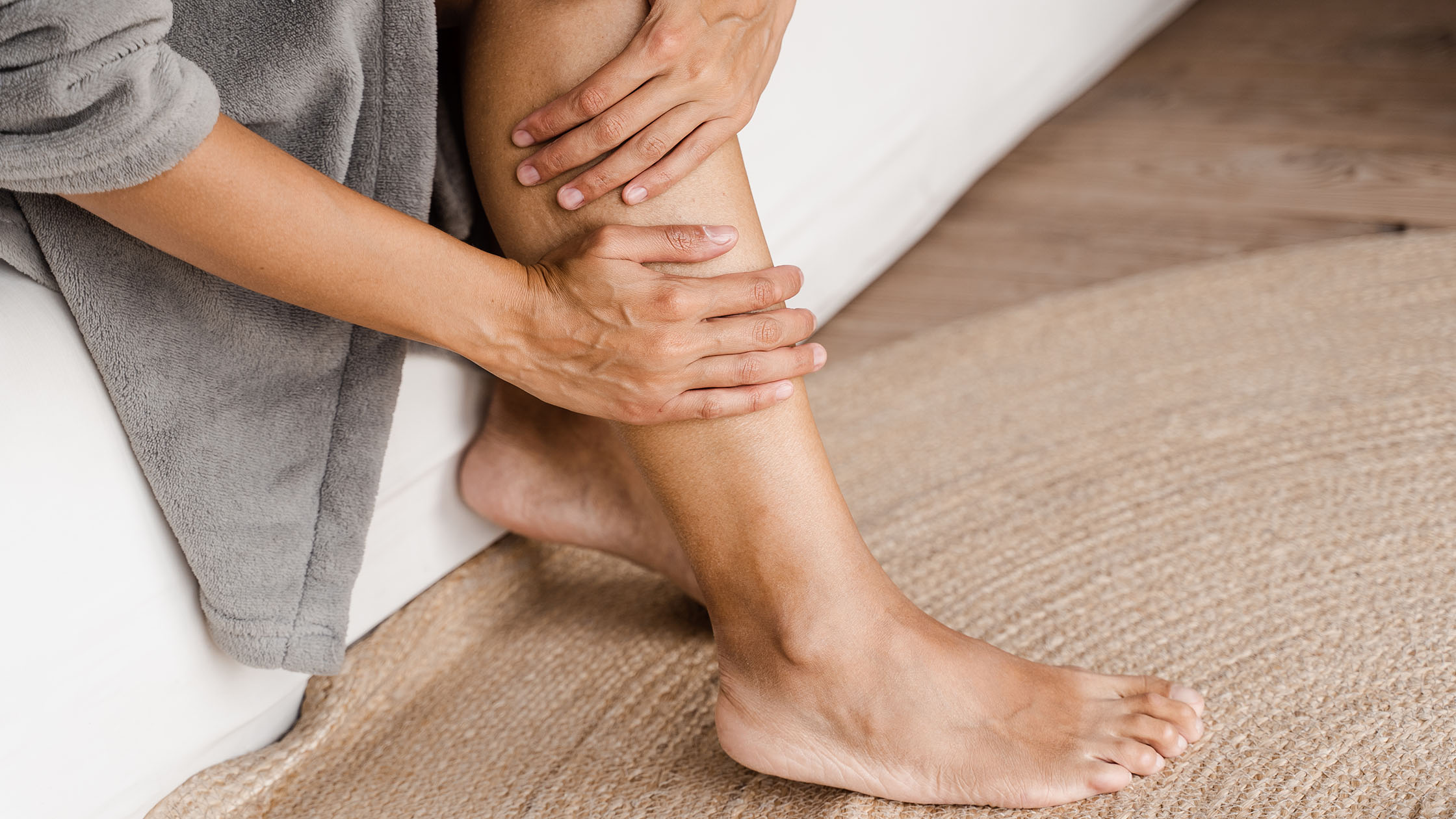Varicose veins, those twisted, enlarged veins that often appear on the legs, can be more than just a cosmetic concern. For many individuals, they are the source of significant discomfort and pain. In this blog post, we will delve into the intricacies of varicose veins and explore how varicose veins cause leg pain. By understanding the underlying causes and mechanisms, we can better appreciate the importance of seeking appropriate treatment and preventive measures.
What are Varicose Veins?
Varicose veins are swollen, twisted veins that are visible just beneath the skin’s surface. They commonly occur in the legs but can appear in other parts of the body as well. Varicose veins develop when the one-way valves in the veins become weak or damaged, causing blood to pool in the veins instead of flowing back to the heart. This pooled blood increases pressure in the veins, leading to their enlargement and the characteristic twisted appearance.
How Varicose Veins Cause LEG Pain
There are several reasons why varicose veins can cause pain and discomfort in the legs:
- Increased pressure and inflammation
The pooling of blood in varicose veins leads to increased pressure within the affected veins. This heightened pressure causes the vein walls to stretch and become inflamed, leading to aching, throbbing, or cramping sensations in the legs.
- Impaired blood flow
As varicose veins compromise the normal flow of blood back to the heart, it can lead to poor circulation in the affected areas. This may cause the legs to feel heavy, tired, or restless, particularly after long periods of standing or sitting. The impaired blood flow can also lead to swelling (edema) in the ankles and feet, further exacerbating the discomfort.
- Venous insufficiency
When the blood pooling in varicose veins becomes severe, it can result in a condition known as chronic venous insufficiency (CVI). CVI interferes with the exchange of nutrients and oxygen between the blood and the surrounding tissues, causing pain, inflammation, and skin changes in the affected areas.
- Nerve irritation
The swollen veins can irritate nearby nerves, leading to sensations of burning, tingling, or numbness in the legs. In some cases, this nerve irritation can cause a condition known as restless leg syndrome, which manifests as an uncontrollable urge to move the legs.
- Superficial thrombophlebitis
In some cases, varicose veins can become inflamed and develop blood clots, a condition known as superficial thrombophlebitis. This can cause the veins to become warm, tender, and painful to touch. Superficial thrombophlebitis usually requires medical treatment to alleviate the symptoms and prevent complications.
Managing and Treating Varicose Vein Pain
If you’re experiencing pain due to varicose veins, there are several treatment options and self-care measures that can help alleviate the discomfort:
- Compression stockings: Wearing compression stockings can help improve blood flow, reduce swelling, and relieve pain in the legs.
- Elevation: Elevating your legs whenever possible can help reduce swelling and improve circulation.
- Regular exercise: Engaging in physical activities like walking, swimming, or cycling can help improve blood flow and alleviate symptoms.
- Maintaining a healthy weight: Excess weight can put additional pressure on your veins, so maintaining a healthy weight can help reduce the pain caused by varicose veins.
- Minimizing prolonged standing or sitting: Changing your position frequently and taking breaks to move around can help reduce the pressure on your veins and alleviate discomfort.
Experiencing painful or restless legs due to to varicose veins? Give us a call at 904.373.1237 and let our doctors and staff diagnose and treat your condition.




